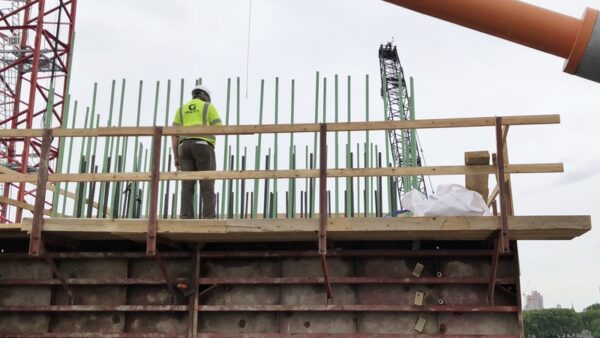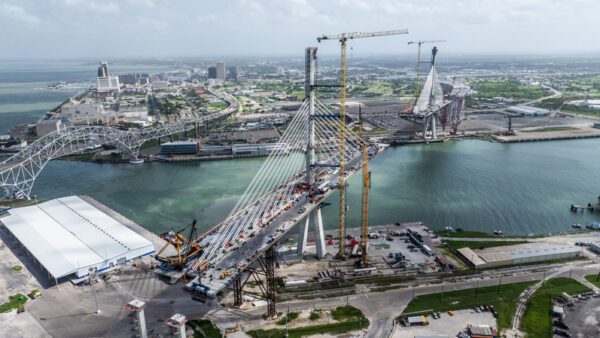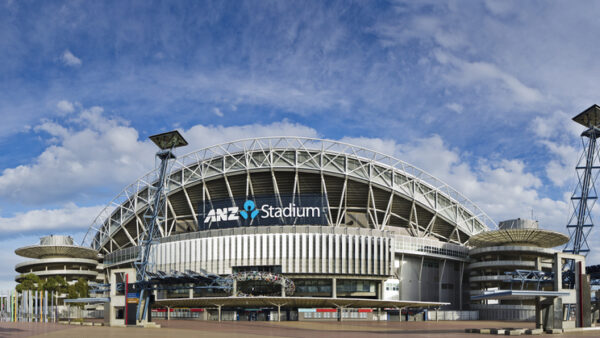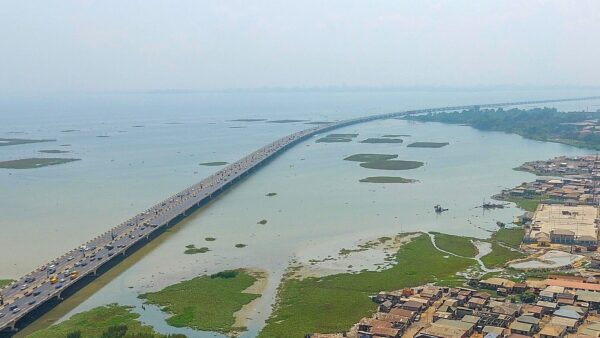Switzerland-headquartered cement giant LafargeHolcim has announced plans to increase production of its Durabric product with a second plant in Malawi, claiming it brings affordable housing while saving trees.
Durabric is made from soil, sand, cement and water and does not require firing like commonly-used clay bricks do. The company says that even without firing the Durabric is three times stronger than traditional bricks.
LafargeHolcim is working in a joint venture with UK state-owned development financier CDC Group on a second production plant in Malawi to industrialise production of Durabric.
The joint venture – called “14Trees” after the number of trees it says can be saved for each house built – is also targeting Kenya and Ivory Coast.
LafargeHolcim says Durabrics are up to 20% cheaper per square meter and are more water resistant than traditional bricks.
The new factory will be based in Blantyre, Malawi’s second city, and will be the duo’s second in the country following a facility in Lilongwe, the nation’s capital.
14Trees has two mobile factories able to provide building materials for rural communities.
The joint venture offers to build a one-bedroom house in 12 weeks for less than $20,000, giving home-owners a credit deal with local banks.
Durabric use and production has been built up in Malawi since 2016, with two million bricks sold. LafargeHolcim claims that 4,000 trees have been saved and 15,000 tons of CO2 emissions have been avoided.
Miljan Gutovic, head of LafargeHolcim in the Middle East And Africa, said: “Today, less than 10% of the population in Africa can afford the cheapest newly built house.
“LafargeHolcim, with its unique innovation capabilities, has developed a range of construction solutions to make houses more affordable for the majority while improving the environmental footprint of those buildings. With additional production capacities, we are now able to offer these solutions beyond Malawi and increase our positive contribution further.”
Image courtesy of LafargeHolcim
Comments
Comments are closed.







I applaud the effort to build superior bricks from soil to improve the life of brick homes and conserve trees, but—
12 weeks to build a 1-bedroom Brick Hut for $20,000 is hardly a Break-Through in the housing market.
The concept of a compressed soil/cement brick has been around for some 25 years in South Africa. Hydraform has been building houses in Africa, Argentina, India and many other countries.
The University of the Witwatersrand, Johannesburg worked with Hydraform to establish which soils were suitable , what the thermal performance of these bricks would be and many other aspects of their performance.
I too find that 12 weeks for the construction of a house is inordinately long as Hydraform require no mortar and their bricks interlock (like Lego).